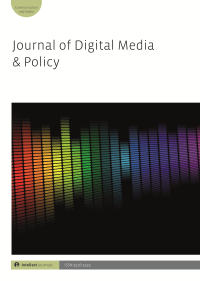
Full text loading...

The research purpose of this article was to analyse the search engine marketing and social media marketing predictive trends that are occurring both regionally in Africa and on a global scale. The motivation for the study was to offer pragmatic advice to business practitioners in crafting digital marketing strategies by leveraging search engine marketing and social media marketing trends. In terms of research methodology, a systematic literature survey method and an inductive research approach were applied. Social media concepts were critically analysed and evaluated to determine their link to the current research focus area. The main literature findings showed that the main trends include the use of Accelerated Mobile Pages, micro-vlogging, voice search, blogging and social messaging. In the continuous dynamic digital landscape, marketers need to embrace the art of doing business by adopting new search engine marketing and social media marketing techniques. With this in mind, it is important for corporations to utilize social media for the development of marketing strategies. The viral power of social media makes it more attractive to businesses promoting their products to target markets. The article also provides an intuitive apprehension of the predictive trends in digital marketing, which are vital for developing an agile stance to outwit rivals in blue oceans.

Article metrics loading...

Full text loading...
References


Publication Date:
https://doi.org/10.1386/jdmp_00036_1 Published content will be available immediately after check-out or when it is released in case of a pre-order. Please make sure to be logged in to see all available purchase options.